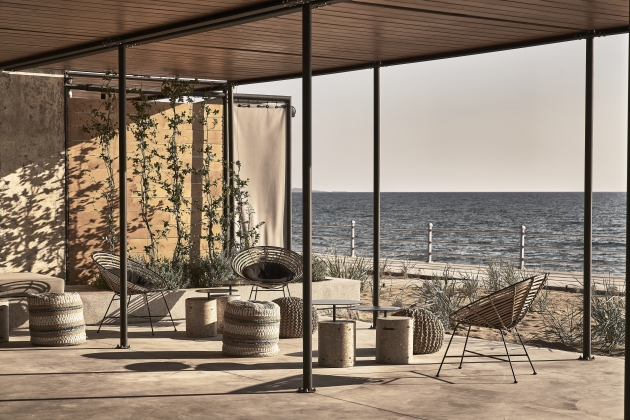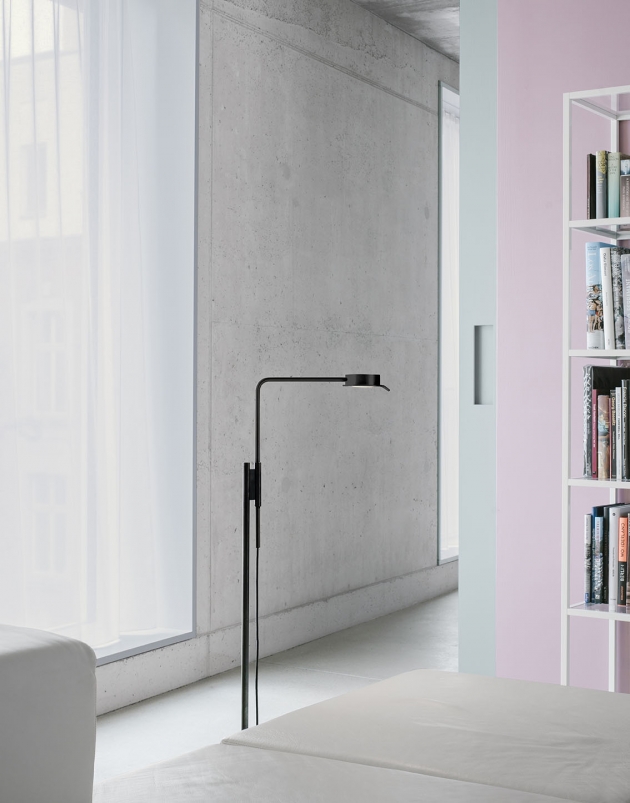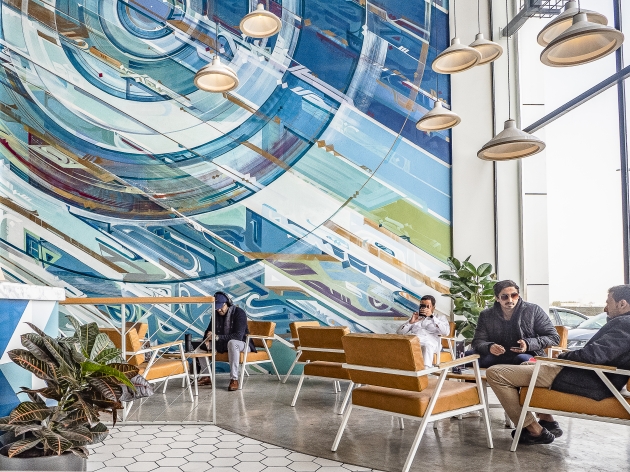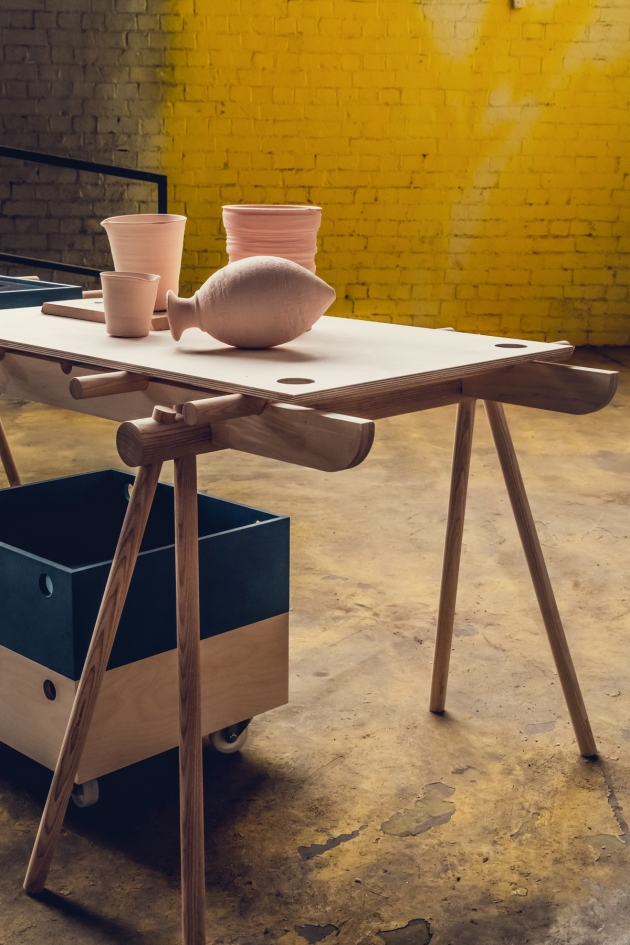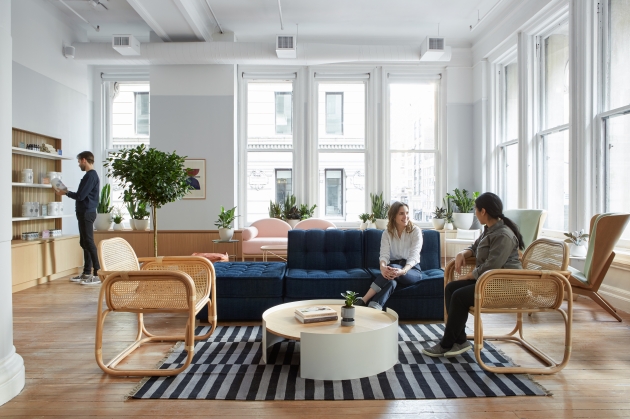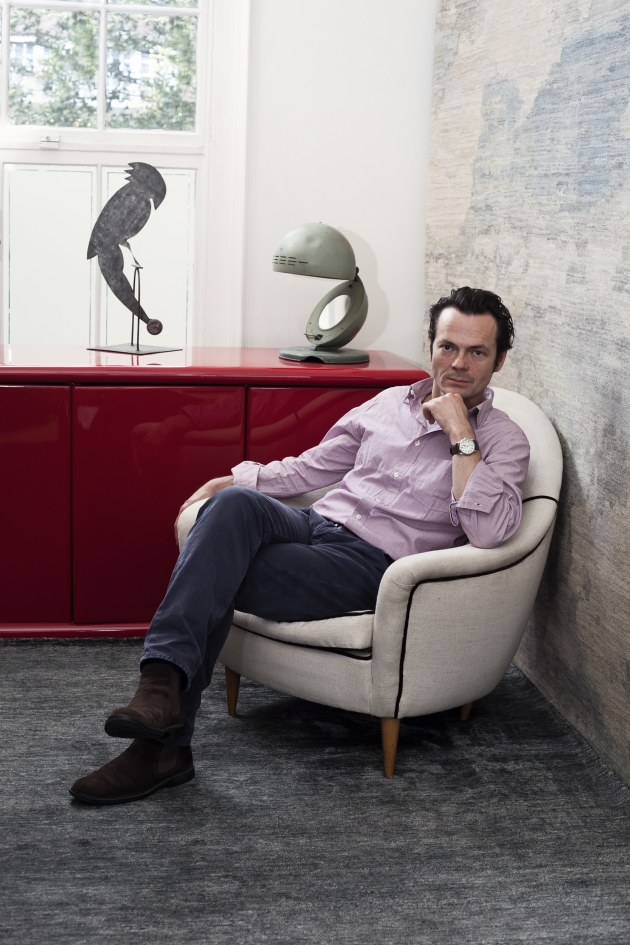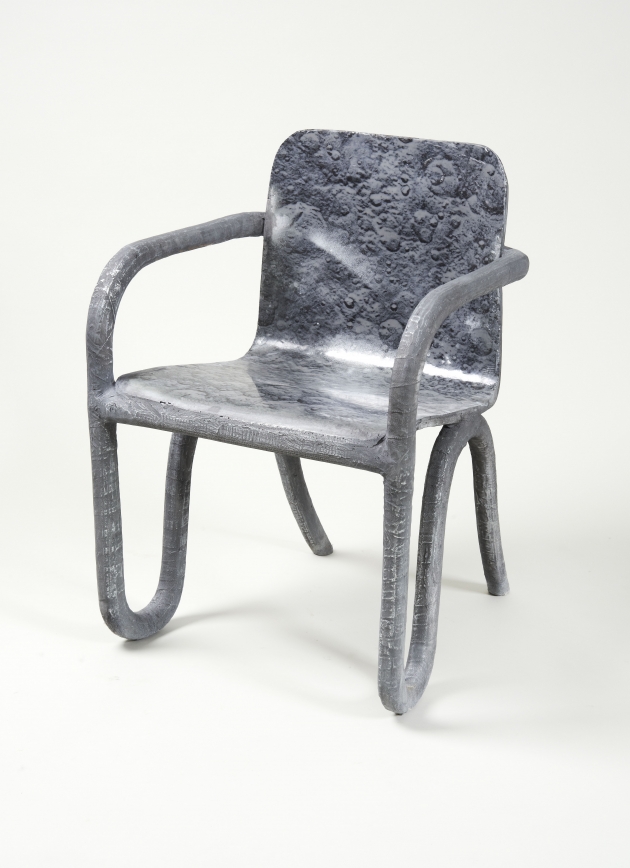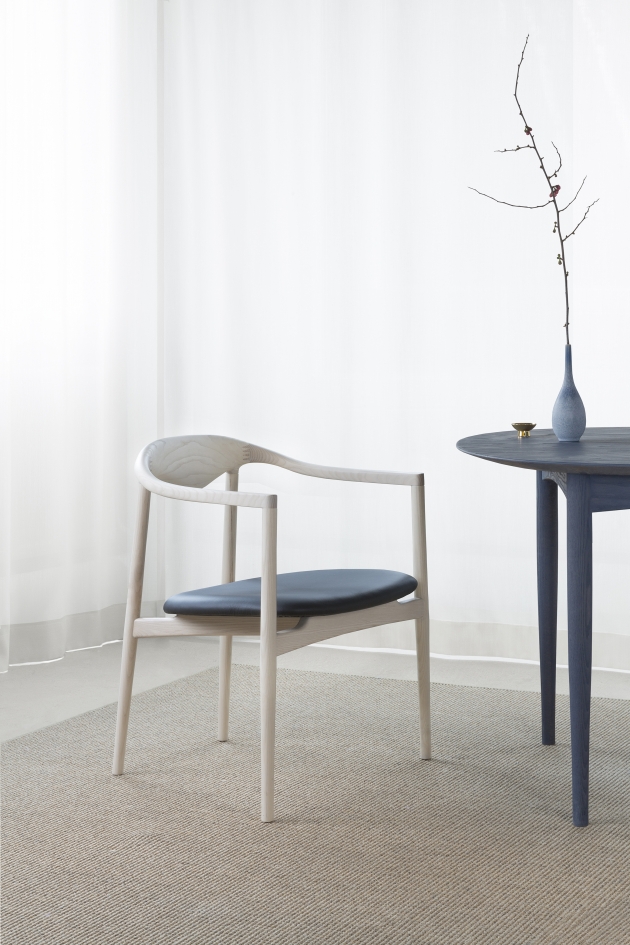Robert Brain on the beauty of trees, avoiding trends and how philosophy has shaped his work
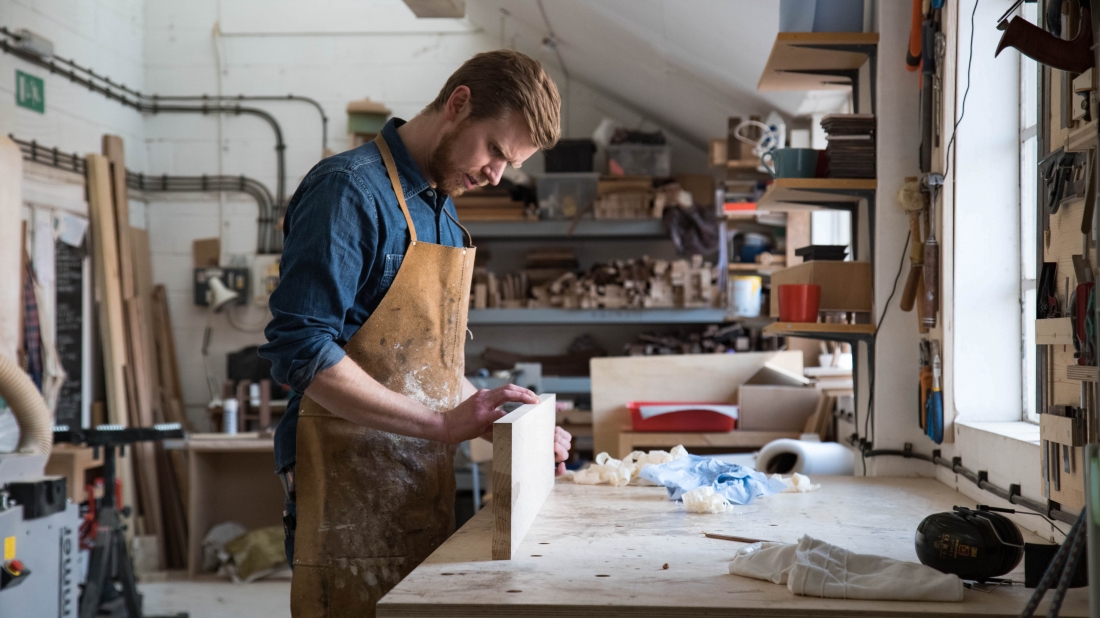
Robert Bain has a thing for "furniture with provenance", sourcing materials locally in East London to create bespoke pieces that have a history and story to tell.
Combining his background as a Philosophy graduate with over three decades of experience in the luxury interiors market, he and his team bring a meticulous and thoughtful approach to each product they design and make.
There's a modernist, quiet elegance to his furniture. Clean and simple lines rule along with a restrained use of materials. We spoke to Robert about his approach to furniture making and what he has in store for us next.
Tell us more about how you got started
I retrained in my early twenties having floated around after graduating. I’d worked as a croupier for a couple of years, then went travelling – anything to avoid settling down with a ‘proper’ job, really. I was 23 and I realised I needed to surrender to the job market or really take a punt and follow my interest in practical making.
I was lucky enough to find one of the few remaining woodworking courses and undertook two years of City & Guilds training in traditional hand skills at the old London College of Furniture.
In the meantime, I hammered the phones to find a local workshop in East London in which to gain some real-world experience. This became a full-time job, and I then moved on a few times to different workshops to maximise my experience. I went solo in 2015, and in 2016 began developing my own products and the concept of sourcing local materials.
Do you think your time studying Philosophy has influenced your creative approach?
Philosophy is a fantastic discipline to study. It teaches objectivity, clarity of thought and communication, and a commitment to understanding. These themes have certainly stayed with me in all things, and subconsciously I’m sure I do apply them to my work. For example, the design process is one of scrutiny in that every element is open to analysis: materials, joints, composition, embellishments – what purpose do they serve?
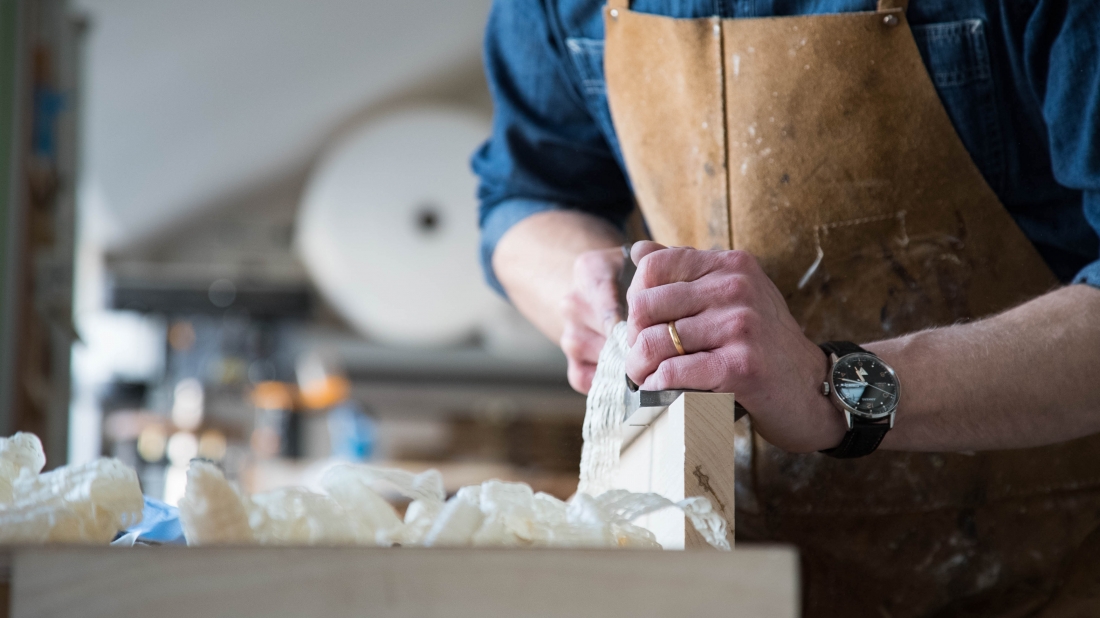
You source all of your materials locally. How important is this to you?
For me, the significance of sourcing locally is to reforge the connection between the products people buy and knowledge of how and where they are made.
In committing to sourcing local timber, I was driven by a desire to have a deeper relationship with what I was making. I’d spent a decade making some amazing work but was dissatisfied as I was using material that was essentially an interchangeable commodity.
If I felt disconnected from the work, with my hands on the actual process, then how much more distant would the clients feel, without even realising it? Sourcing locally illuminates the making process by demonstrating that the raw materials can be intelligible to the client.
We love your 'furniture grown, designed and made in London'. How does this process work?
The logistics of the timber market make sourcing material from outside the traditional routes quite tricky. However, I’ve spent a good few years making connections and building a network of arborists, developers, tree officers and fellow makers, and I’m now able to source almost all my material from within London.
In terms of getting my hands on the actual trees, I may get a call from a private client with a garden tree that’s coming down, or my connections among tree officers may let me know something is available. Importantly, there are also some small-scale timber merchants that deal in locally felled trees.
These are all trees that have reached the end of their life for one reason or another – generally, it is due to age or illness, and occasionally they make way for development.
Now, it's important to say that I’m not an ambulance chaser calling up the parks and asking what trees I can cut down! No-one likes to see a tree come down, but once they are coming down, what shall we do with them? Shall we chip them? I’d rather find a higher-value, longer-lasting solution. In fact, one of my main suppliers processes trees felled during HS2 works, making sure that trees lost to infrastructure are given a second life.
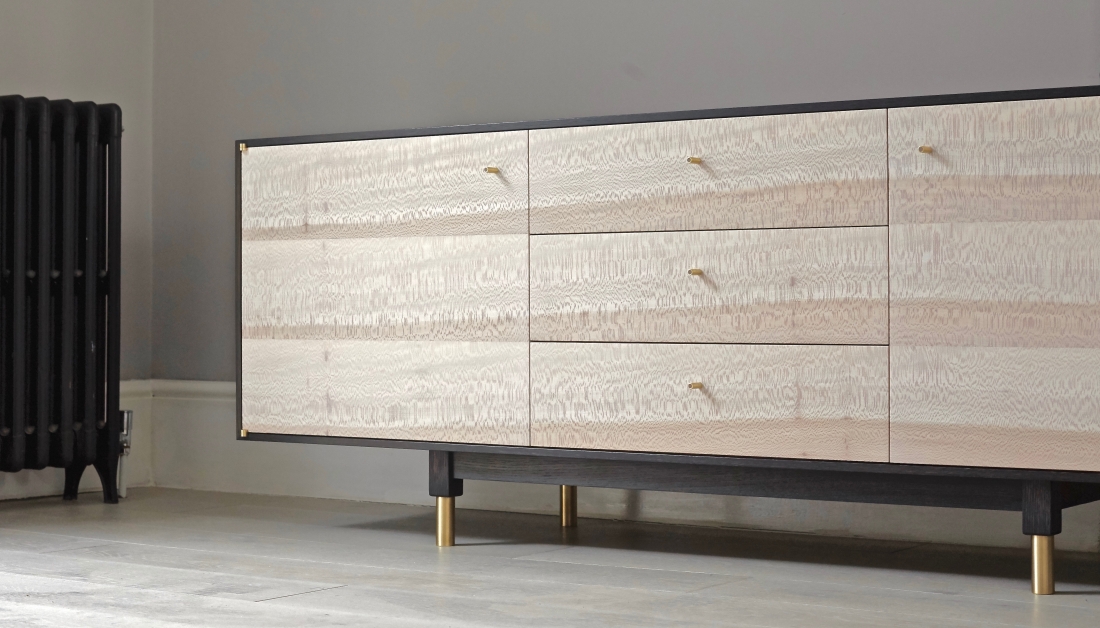
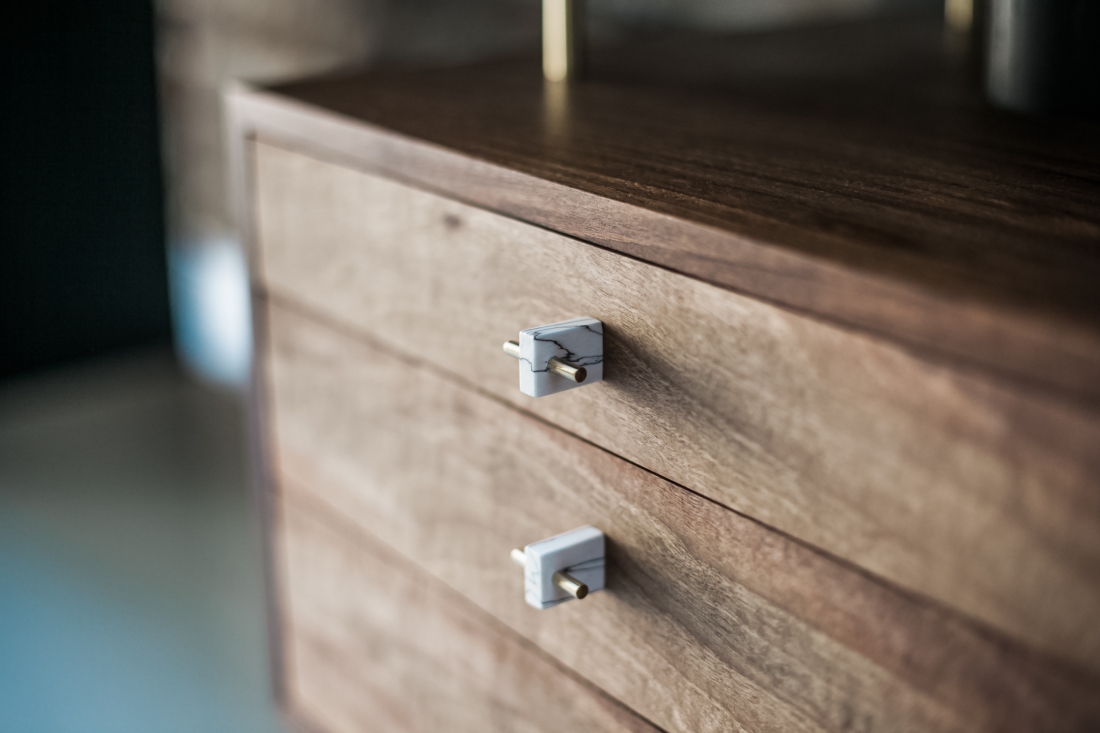
Being able to add such provenance to your pieces is impressive. How do your customers react to this unique element of your work?
There are loads of amazing designers out there, but I feel lucky to be able to offer something deeper with my work. Clients respond to the sense of narrative created by using materials of distinctive provenance, and it offers a talking point beyond the aesthetic and function of a piece.
For example, I was recently chatting to a potential client about my process, and I saw the penny drop in her eyes. She showed me a photo of her husband and kids playing on a felled walnut tree in their garden. As we spoke, it dawned on her that the trunk could have a future as furniture in their home, and in twenty years she could sit at a table we made with her tree, look at that photo with her now adult kids, and value the table in a deeper way.
Your pieces have such beautiful design detail to them. How does your design process work?
I almost always begin with a finish or detail that I want to develop into a piece. I’ll hand sketch the essentials and then take it to Sketchup to work quickly through iterations, seeing what works together.
I often seem to design on the fly. I get the drawings to a certain point and then start making. This is borne of impatience rather than a Krenov ‘composing’ approach, and although I enjoy solving design issues as I build, I am trying to be more thorough with mockups.
From a design perspective who inspire you and why?
I’m mainly influenced by the Danish modern style, in particular, Finn Juhl and Bodil Kjaer. I think being able to create compelling pieces with a restrained elegance is a remarkable skill.
In terms of contemporary makers, I’m in awe of anyone with a distinctive style that is executed with confidence. In the UK, Kevin Stamper has a proprietary dying technique he uses to create pixelated marquetry; Eleanor Lakelin turns and carves captivating vessels that embrace natural features; in California, Taylor Donsker has a rich and particular take on waney edge slab furniture.
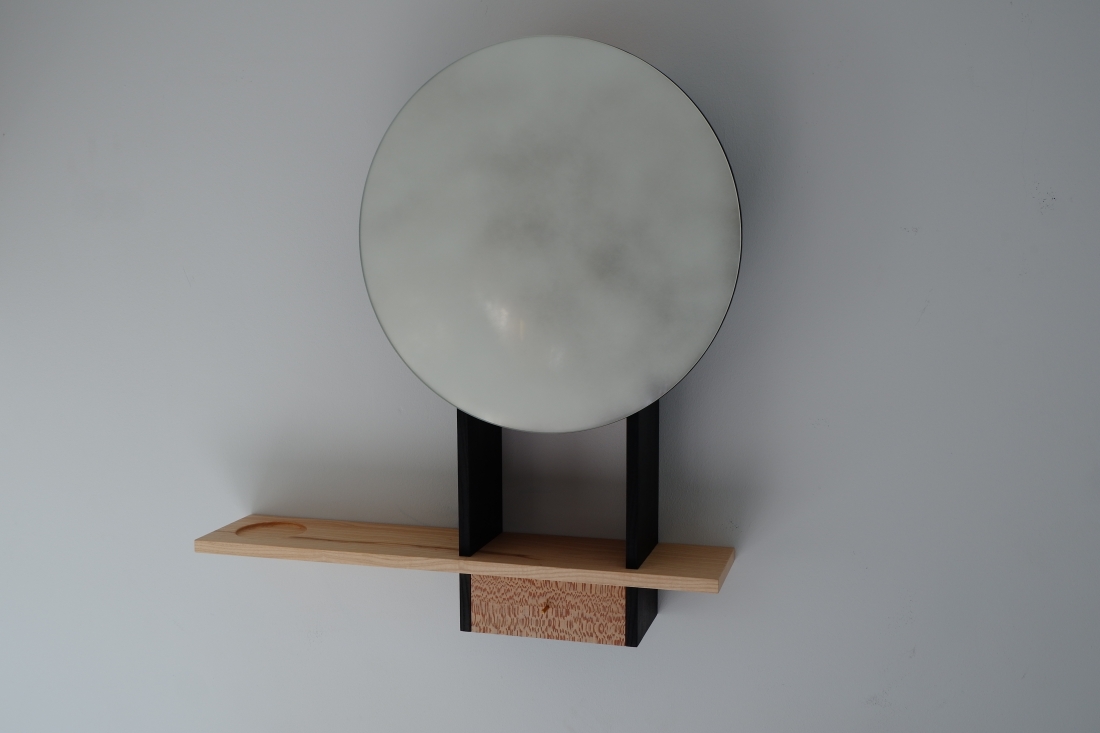
Do current trends inform the final choices you make around materials?
I try not to let them. Carved texture and scorching are big at the moment, and while the results are incredible, I’m a little turned off by the ubiquity. Not out of obstinance, but because I think it’s hard to stand out if your aesthetic is popular. It’s great if you can develop your own take on a trend, but I haven’t managed to do that! My aim is to make the work distinctive by attention to proportion and restrained use of material.
In terms of materials, I favour London plane as it is so utterly compelling and yet is abundant right here in the city. It is not seen often enough in furniture, so I hope it becomes a trend as it is a beautiful material that speaks of its origin.
Finally, tell us what's next for you?
I have a Beech from Kensington Gardens that I’m really excited to be taking out of the kiln soon. It’s a beautiful tree of singular provenance that I look forward to offering to clients. There’s also a monster Oak from Bishop’s Avenue that is being processed and again, it will be a special material that offers its own story.
I’ll be showing new work at London Craft Week in May, and will exhibiting again at Decorex and Celebration of Craftsmanship & Design later in the year.


